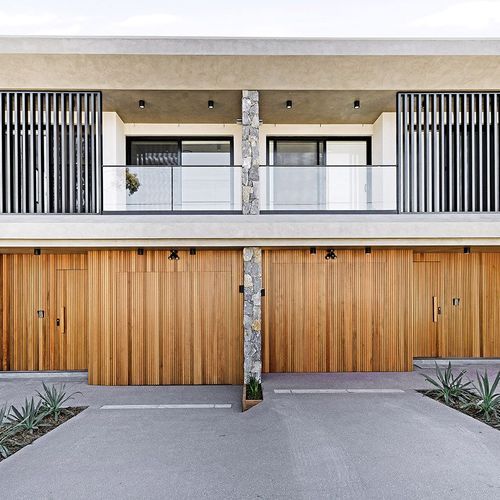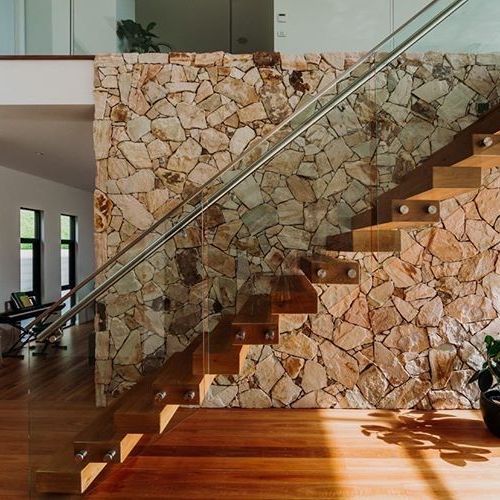Slate
- Slate rock is a traditional construction material, used predominantly for covering roofs. In recent years, its convenient properties made their way into a variety of other applications, bringing the slate stone to the map of the materials highly sought after. At ArchiPro, we offer slate floors and a diverse selection of slate tiles suitable for different uses.Why ArchiPro?
No more endless searching -
Everything you need, all in one place.Real projects, real experts -
Work with vetted architects, designers, and suppliers.Designed for New Zealand -
Projects, products, and professionals that meet local standards.From inspiration to reality -
Find your style and connect with the experts behind it.Start your Project
Start you project with a free account to unlock features designed to help you simplify your building project.
Learn MoreBecome a Pro
Showcase your business on ArchiPro and join industry leading brands showcasing their products and expertise.
Learn More




